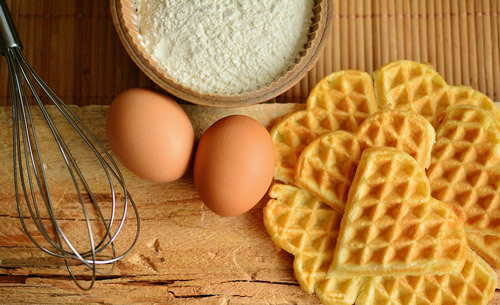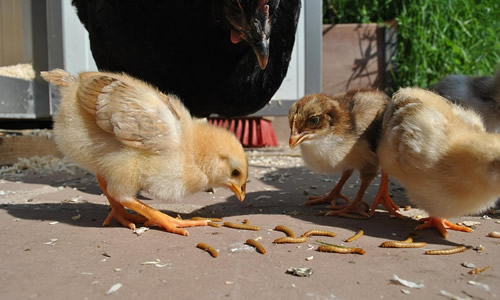The European Union has approved the addition of UV-treated mealworm powder as an ingredient in various food products like bread, cheese and pasta dishes. The limit has been set at 4% provided the mealworm larvae are UV-treated. The mealworm is the larvae of the mealworm beetle Tenebrio molitor.
The European Food Safety Authority has labelled the UV-treated mealworm powder as ‘safe’ for consumption, under specified conditions and levels of use. However, people with shellfish allergies have been advised to avoid the be careful while consuming it for potential cross-reactivity.

Get ready, Europe! From February 10 2025, your bread could contain bugs
Thanks to a new regulation, you can now have up to 4% UV-treated mealworm powder in your daily eats – we’re talking bread, cheese, and even your pasta.
This isn’t your backyard garden variety mealworm; it’s the larvae of the mealworm beetle, zapped with UV light for safety, then powdered for your culinary delight.
The EU Commission thinks it’s a sustainable protein move, but let’s see how your taste buds react to this twist.
A heads-up though: if you’re allergic to shellfish, watch out, as there might be some cross-reactivity.
It’s a brave new world where sustainability might just crawl onto your plate, and it’s coming whether you’re ready for it or not.
It’s likely that labels will not explicitly say “insect” or “insect-derived protein” because that would obviously harm sales.
The decision, published under Regulation (EU) 2025/89, requires clear labeling to warn consumers, especially those with shellfish allergies about potential allergic reactions.
The amendment to the EU implementing regulation (2017/2470) authorizes the placing on the market of UV-treated whole Tenebrio molitor larvae powder, adding it to the list of novel foods (any food that was not consumed “in a relevant way before May 1997 on the Continent”). The authorization will take effect twenty days after publication in the Official Journal of the European Union: from that day and for five years, only the French company Nutri’Earth will be allowed to place the yellow grub meal on the market “unless a subsequent applicant obtains an authorization for such novel food.”
Here’s what to look out for on your food packaging if you want avoid
• Tenebrio molitor
• T. molitor powder
• Molitor protein
• Molitor flour
• Alternative protein source
• Sustainable protein
Obviously avoid anything from Nutri’earth

Poland already pushing insects in your food
Polish retailers already carry insect-based products such as protein bars made with crickets and snacks containing meal worms. Polish firm HiProMine, which produces insect larvae for animal feed, reports rapid growth and is expanding operations. It plans to build a new facility capable of producing between 50,000 and 60,000 tons of products per year.
Insect consumption is also gaining traction beyond Europe, with Singapore having approved 16 insect species—including beetles and grasshoppers—for human consumption in 2024, provided they are sourced from certified farms.
An environmentally friendly protein snack?
Now that the EU states have approved the European Commission’s approval, a formal decision is to be made in the coming weeks. The approval will only be valid for a French company, which made the application, meaning it will be able to sell the mealworms on its own for five years. After five years, other companies will be able to market and sell the larvae.
Due to their low environmental impact, mealworms have been touted to contribute to a more sustainable food supply in the EU. Insect products, or foods containing insect products, are not outright banned in the EU, although it remains a small market. The EFSA has said that there are currently risk assessments ready to be undertaken for 14 other insect products.
Our Future is looking Buggy
The European Commission itself has markedly accelerated the incorporation of edible insects into European food culture as alternative protein sources. A breakthrough triggered by a simple equation: the increasing demand for food in the face of decreasing agri-food yields. There are over a dozen applications on EFSA’s table for evaluating food derived from edible insects. Among them, foods such as black soldier fly meal (Hermetia illucens larvae) whole, blanched, and dried, the nest of drones of honey bees (Apis mellifera male pupae), the whole powder of house cricket (Acheta domesticus), protein-rich flour from fresh larvae of flour moths (Tenebrio molitor), protein powders from the larvae of the lesser flour worm (Alphitobius diaperinus) are already at the risk assessment stage. The timeframe required for the EFSA experts to formulate their verdict is not known at this time.

